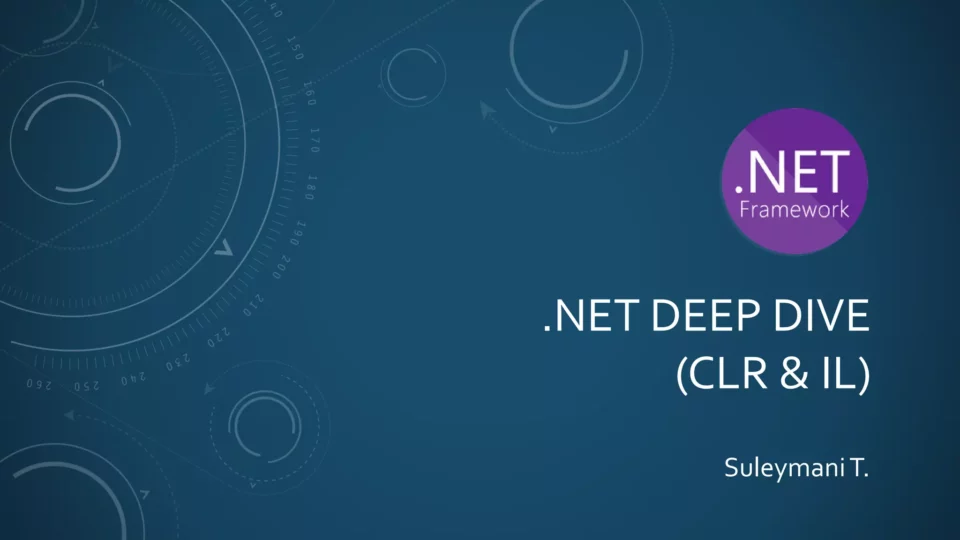Introduction:
The .NET Common Language Runtime (CLR) serves as the cornerstone of the .NET framework, providing a robust execution environment for managed code. While developers primarily interact with .NET through high-level languages like C# or VB.NET, understanding the inner workings of the CLR can significantly enhance their ability to write efficient, scalable, and reliable applications. In this article, we’ll take a deep dive into the internals of the .NET CLR, shedding light on its runtime environment and key components.
Understanding the CLR:
At its core, the CLR is a virtual machine responsible for managing the execution of .NET applications. It provides essential services such as memory management, exception handling, security enforcement, and Just-In-Time (JIT) compilation. Let’s explore some of the critical aspects of the CLR’s runtime environment:
1. Memory Management:
The CLR employs a sophisticated garbage collection mechanism to automatically reclaim memory occupied by objects that are no longer in use. This process helps prevent memory leaks and ensures efficient utilization of system resources. Garbage collection in .NET is based on generations, with objects categorized into different generations based on their age. The CLR’s garbage collector periodically scans the managed heap, identifying and reclaiming unreachable objects.
2. JIT Compilation:
One of the CLR’s most crucial functions is Just-In-Time (JIT) compilation, which translates Intermediate Language (IL) code into native machine code at runtime. This process occurs on-demand, with methods compiled the first time they are executed. JIT compilation enables .NET applications to achieve a balance between portability and performance, as IL code remains platform-independent while benefiting from native execution speed.
3. Exception Handling:
The CLR provides a robust exception handling mechanism that allows developers to write code that gracefully handles errors and exceptions. When an exception occurs, the CLR unwinds the call stack, searching for an appropriate exception handler to process the exception. This ensures that exceptions are caught and handled at the appropriate level in the application, preventing unexpected termination and facilitating error recovery.
4. Security:
Security is a paramount concern in modern software development, and the CLR includes features to enforce code access security and role-based security policies. Code access security controls the permissions granted to managed code based on its origin and trust level, while role-based security restricts access to resources based on the roles assigned to users or groups.
Conclusion:
In this article, we’ve delved into the internals of the .NET CLR, gaining insights into its runtime environment and key components. By understanding how the CLR manages memory, compiles code, handles exceptions, and enforces security, developers can write more robust and efficient .NET applications. As technology evolves, a deep understanding of the underlying runtime environment will continue to be invaluable for .NET developers seeking to push the boundaries of what is possible with the framework.









